Amber resin, a material prized for its warm golden hues and organic elegance, has long been used in jewelry, decorative items, and even industrial applications. However, one persistent challenge with amber resin is its tendency to yellow over time when exposed to environmental factors such as UV light, heat, and oxidation. This discoloration can diminish its aesthetic appeal and reduce its commercial value. In response, researchers and material scientists have been developing advanced formulations to enhance the resistance of amber resin to yellowing, ensuring its longevity and visual integrity.
The phenomenon of yellowing in amber resin is primarily driven by photochemical degradation. When exposed to ultraviolet radiation, the molecular structure of the resin undergoes changes that lead to the formation of chromophores—chemical groups that absorb visible light and produce a yellow tint. Additionally, oxidative reactions accelerated by heat and humidity contribute to this process. To counteract these effects, modern formulations incorporate UV stabilizers, antioxidants, and other specialized additives that either absorb harmful radiation or neutralize free radicals before they can cause damage.
One of the most effective approaches in preventing yellowing involves the use of hindered amine light stabilizers (HALS). These compounds work by scavenging free radicals generated during UV exposure, interrupting the degradation chain reaction before it can progress. Unlike traditional stabilizers that may degrade over time, HALS are regenerative, meaning they can continue to provide protection for extended periods. When combined with UV absorbers such as benzotriazoles or benzophenones, which act as a shield against harmful wavelengths, the resulting formulation offers a robust defense against yellowing.
Another critical factor in developing yellowing-resistant amber resin is the selection of high-quality base materials. Natural resins, while beautiful, often contain impurities that accelerate degradation. Synthetic alternatives, such as polyurethane or epoxy-based resins, can be engineered with greater purity and stability. By refining the polymerization process and minimizing residual monomers—unreacted molecules that can contribute to instability—manufacturers can produce a more durable product. Furthermore, advanced curing techniques, including controlled thermal treatment and UV curing, help create a denser molecular network that is less susceptible to environmental stressors.
Beyond chemical additives and material selection, proper processing conditions play a crucial role in minimizing yellowing. Excessive heat during manufacturing can initiate premature degradation, leading to early discoloration. To avoid this, precise temperature control and optimized curing schedules are essential. Some manufacturers also employ inert gas environments during processing to reduce oxidative reactions. Post-production treatments, such as applying protective coatings with additional UV inhibitors, can further enhance resistance to yellowing, particularly for items intended for outdoor use.
Consumer demand for long-lasting, visually stable amber resin has driven innovation in this field. Artisans and industrial producers alike are increasingly adopting these advanced formulations to meet expectations for durability without compromising the material’s natural beauty. As research continues, emerging technologies such as nano-additives and hybrid resin systems show promise in pushing the boundaries of yellowing resistance even further. By combining scientific expertise with artistic craftsmanship, the future of amber resin looks brighter—and decidedly less yellow.

By /Aug 11, 2025

By /Aug 11, 2025

By /Aug 11, 2025

By /Aug 11, 2025
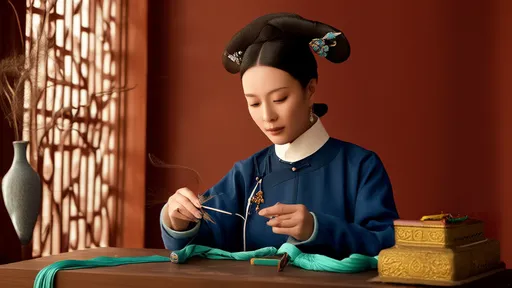
By /Aug 11, 2025
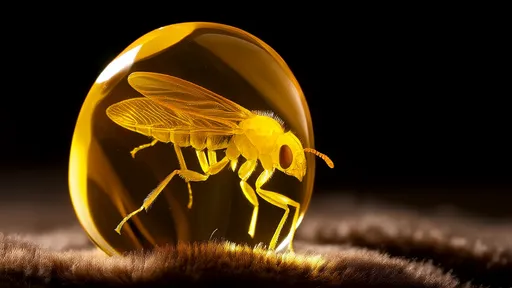
By /Aug 11, 2025

By /Aug 11, 2025
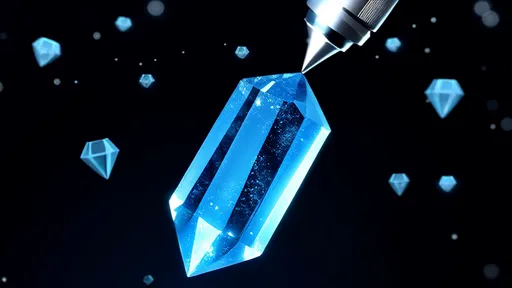
By /Aug 11, 2025

By /Aug 11, 2025
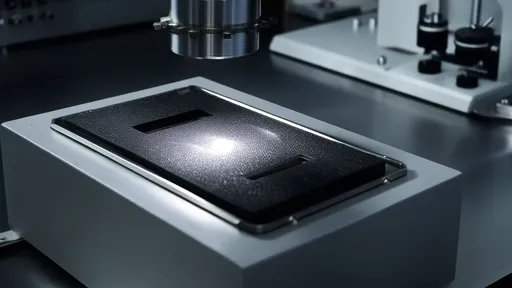
By /Aug 11, 2025
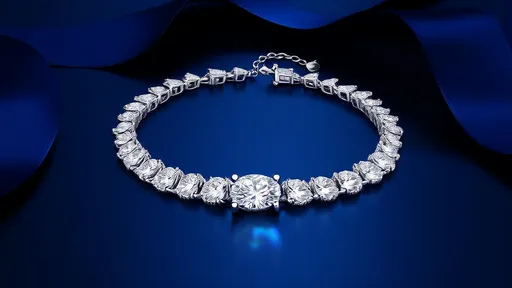
By /Aug 11, 2025

By /Aug 11, 2025

By /Aug 11, 2025
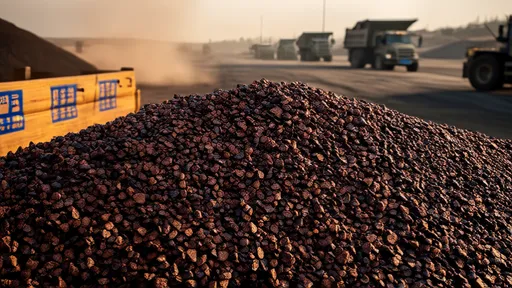
By /Aug 11, 2025
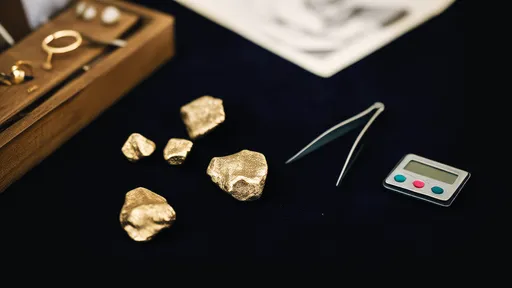
By /Aug 11, 2025

By /Aug 11, 2025
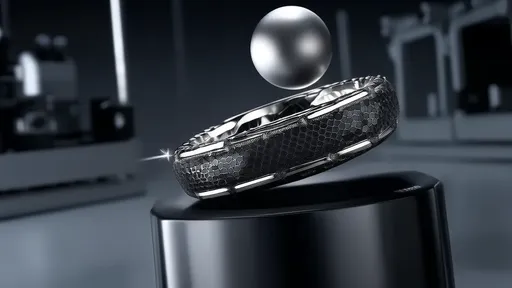
By /Aug 11, 2025

By /Aug 11, 2025

By /Aug 11, 2025

By /Aug 11, 2025